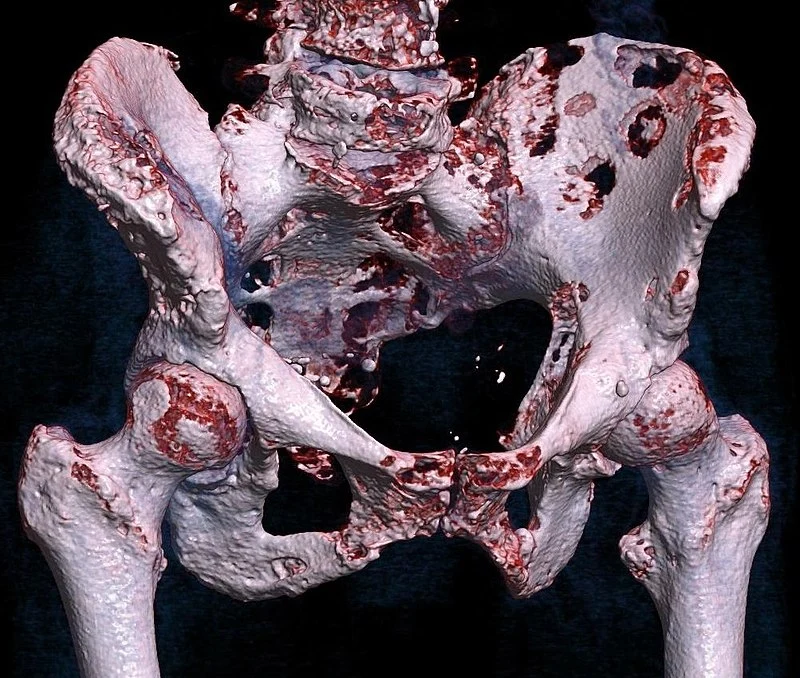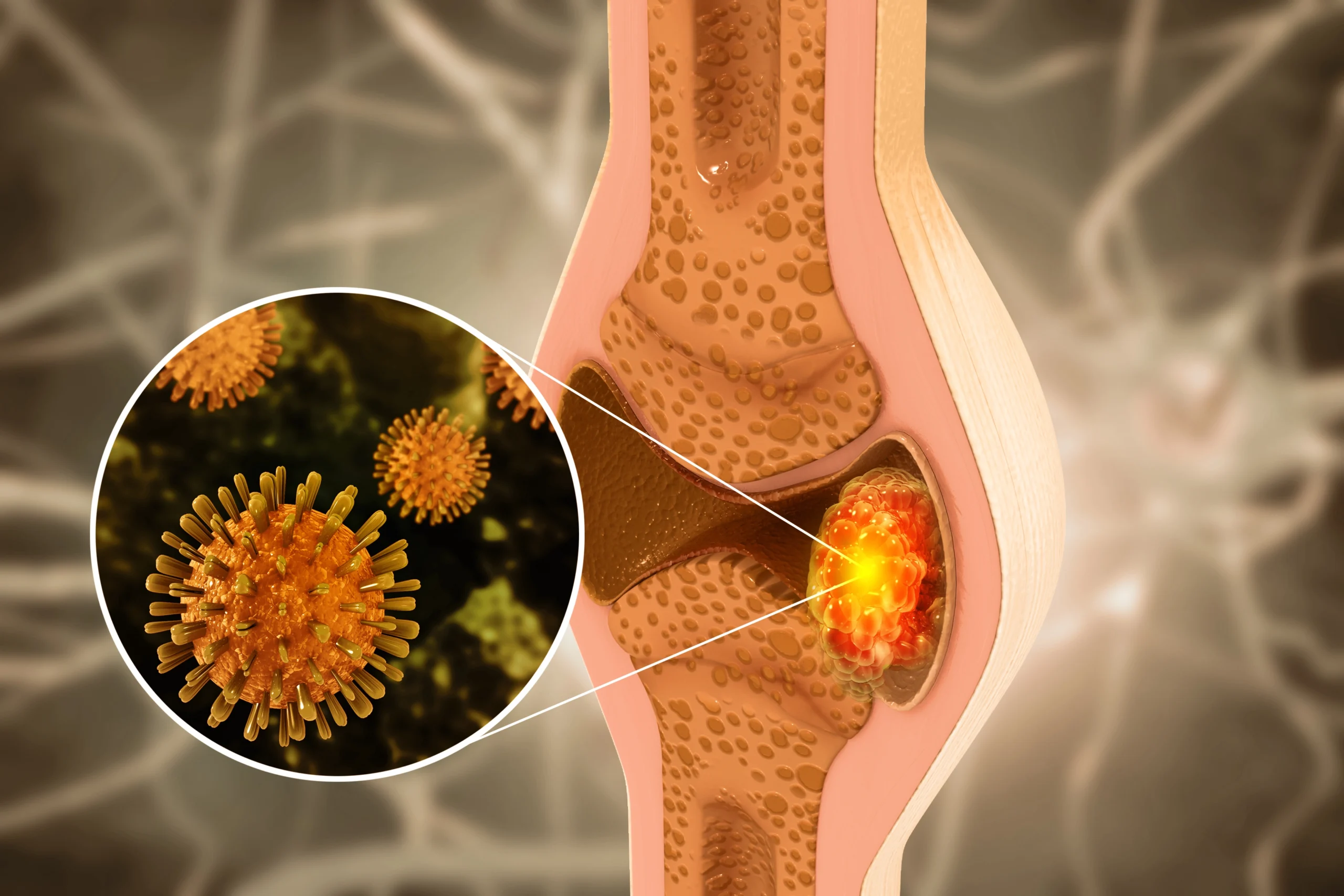Osteosarcoma Overview
Osteosarcoma is the most common type of bone cancer, primarily affecting children, adolescents, and young adults. It usually develops in the long bones, such as those in the legs and arms. At Fight Bone Tumors, we provide comprehensive care for osteosarcoma patients, combining cutting-edge treatments with compassionate support to ensure the best possible outcomes.
Symptoms:
Osteosarcoma can present with a variety of symptoms, which may include:
- Persistent pain in the affected bone, often worsening at night
- Swelling around the affected area
- Increased pain with activity or a noticeable limp
- Limited movement in the nearby joints
- Unexplained bone fractures, often due to weakened bones
If you or a loved one experiences these symptoms, it’s crucial to seek medical evaluation promptly
Diagnosis:
Diagnosing osteosarcoma involves several steps to accurately identify the cancer and determine its extent. The diagnostic process typically includes:
- Physical Examination: A thorough physical examination to assess symptoms and overall health.
- Imaging Tests: X-rays, MRI, CT scans, and bone scans to visualize the tumor and assess its size and location.
- Biopsy: A definitive diagnosis is made through a biopsy, where a sample of the tumor is taken and analyzed in a laboratory.
Our team uses advanced diagnostic tools to ensure accurate and timely diagnosis, which is critical for effective treatment planning.


Treatment Options:
Treatment for osteosarcoma typically involves a combination of therapies to address the tumor and prevent its spread. Our comprehensive treatment approach includes:
Surgery:
- Limb-Salvage Surgery: Aimed at removing the tumor while preserving the affected limb’s function and appearance.
- Amputation: In cases where limb-salvage is not feasible, amputation may be necessary to control the cancer.
Chemotherapy:
- Administered before and after surgery to shrink the tumor and kill any remaining cancer cells. Our team tailors chemotherapy regimens to each patient’s needs, maximizing effectiveness while minimizing side effects.
Radiation Therapy:
- Although not commonly used for osteosarcoma, radiation therapy may be employed in certain cases to target residual cancer cells post-surgery.
Targeted Therapy:
- Innovative treatments that target specific molecules involved in cancer growth, offering a promising option for some patients.
We are committed to providing personalized treatment plans that align with the latest advancements in osteosarcoma care.
Support and Rehabilitation:
Coping with osteosarcoma extends beyond medical treatment. At Fight Bone Tumors, we offer comprehensive support services to help patients and families navigate this challenging journey:
- Physical Therapy: Essential for recovery post-surgery, aiding in regaining strength and mobility.
- Emotional Support: Counseling and support groups to address the emotional and psychological impacts of cancer.
- Nutritional Guidance: Tailored dietary plans to support overall health and recovery during and after treatment.
Our holistic approach ensures that every aspect of our patients’ well-being is addressed.
FAQ's
Osteosarcoma is the most common type of bone cancer, typically affecting the long bones in the arms and legs. It primarily occurs in children, adolescents, and young adults. This aggressive cancer can spread to other parts of the body if not treated promptly.
Common symptoms include: Persistent pain in the affected bone, often worse at night Swelling around the affected area Noticeable lump or mass Increased pain with activity or limping Unexplained bone fractures
Diagnosis typically involves: Physical Examination: Initial assessment of symptoms and overall health. Imaging Tests: X-rays, MRI, CT scans, and bone scans to visualize the tumor. Biopsy: A definitive diagnosis is made by examining a sample of the tumor tissue under a microscope.
Treatment usually includes a combination of: Surgery: To remove the tumor, which may involve limb-salvage surgery or, in some cases, amputation. Chemotherapy: Used before and after surgery to shrink the tumor and kill remaining cancer cells. Radiation Therapy: Rarely used, but may be considered in certain cases. Targeted Therapy: Newer treatments that target specific molecules involved in cancer growth.
Limb-salvage surgery involves removing the tumor while preserving the limb. This often requires reconstruction with a prosthesis or bone graft to maintain the limb’s function and appearance.
Common side effects may include: Chemotherapy: Fatigue, nausea, vomiting, hair loss, and increased risk of infections. Surgery: Pain, swelling, risk of infection, and rehabilitation challenges. Radiation Therapy: Skin irritation, fatigue, and potential damage to surrounding tissues.
Recovery varies based on the individual and the treatment received. It typically includes physical therapy to regain strength and mobility, regular follow-up appointments, and emotional support to address the psychological impact of cancer treatment.
Yes, osteosarcoma can recur, either at the original site or in other parts of the body, such as the lungs. Regular follow-up appointments and monitoring are crucial to detect and treat any recurrence early.
At Fight Bone Tumors, we offer comprehensive support services, including: Physical Therapy: To aid recovery and improve mobility. Emotional Counseling: To address psychological impacts. Nutritional Guidance: To support overall health during and after treatment. Support Groups: To connect with others facing similar challenges.
You can schedule a consultation by calling us at +91 9032027279 or emailing info@fightbonetumors.com. Our team is here to provide personalized care and support.





